UAVs deliver materials to make up for the shortcomings of battlefield delivery Leave a comment
What should I do if the road that the transport vehicle must pass through to deliver materials is destroyed by the enemy?
How to solve the problem that the urgently needed supplies are difficult to deliver due to the steep terrain?
In the face of these “bottlenecks” that restrict the improvement of joint logistics support capabilities, how to make breakthroughs in “creation”, develop new strategies, and solve problems?
Recently, the Joint Logistics Support Center organized representatives of drone companies and garrison units to actively explore new modes of intelligent and unmanned transportation and delivery under actual conditions, and strive to open up the logistics support chain of the future battlefield.
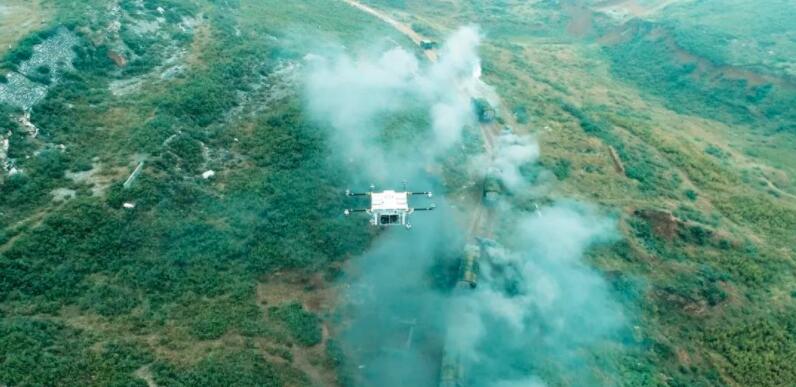
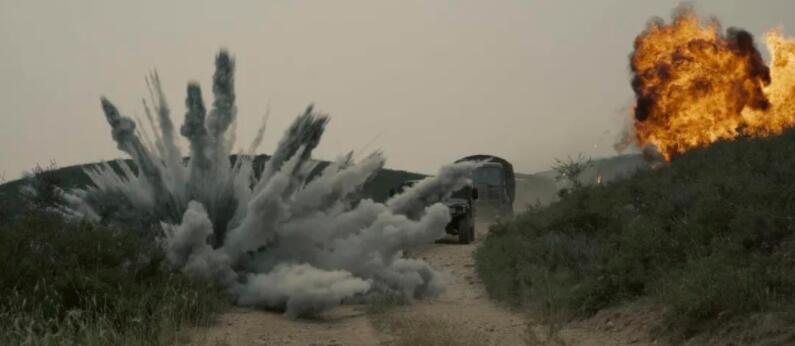
After receiving the instruction, the command post uses the intelligent platform to find nearby drone resources. In just a few minutes, several drones were controlled by the operator to accurately land at the trapped point of the support unit. After emergency loading of materials, they flexibly avoided obstacles and quickly flew to the area where the advance attack unit was located.
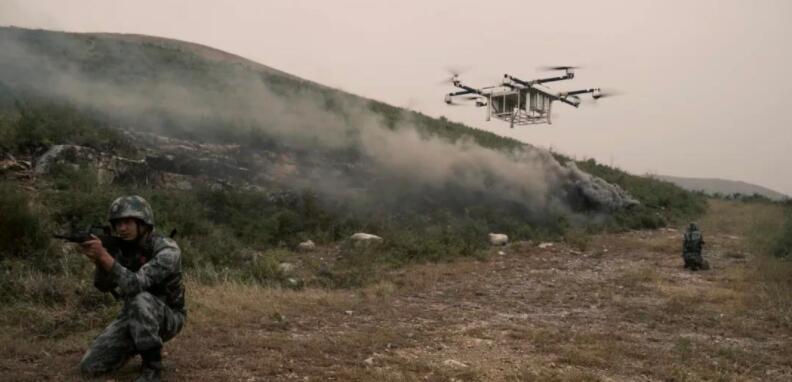
“The forwarding materials have been received, and the materials are packaged intact and undamaged.” A call from the leader of the advance squad came from the walkie-talkie, which also declared the success of the exercise.
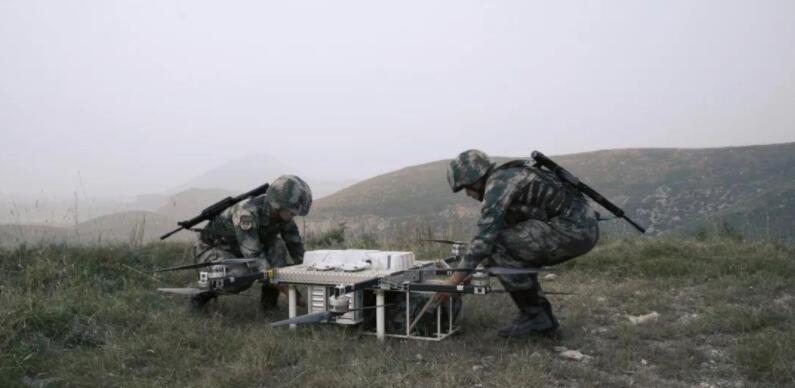
Relying only on the traditional ‘vehicle’ delivery model is increasingly difficult to meet actual combat needs. Kong Fanguo, director of the transportation and delivery department of the center, introduced that transport vehicles are easily restricted by terrain and road conditions during missions, and the use of drones to implement intelligent and accurate battlefield protection can effectively eliminate them. The “blind spots” and “blind spots” of transportation and delivery in specific areas can avoid their influence and greatly enhance the guarantee capability.
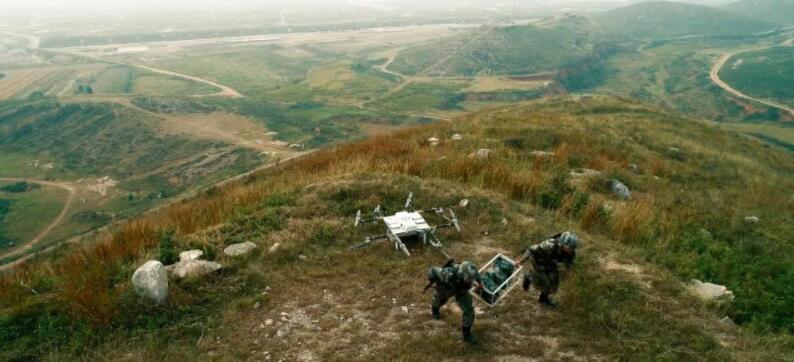
Then he went to the drill field and entered the “Central Military Account.” In the immediate review and review, they sorted out 30 contradictions in three aspects: the cumbersome task adjustment process and the insufficient standardization of material delivery vehicles. According to the staff of the center, through this exercise, not only the command and control methods, capability status and system construction of drone delivery under actual combat conditions have been effectively mastered, but also the next step for drones to enter combat applications is explored. .